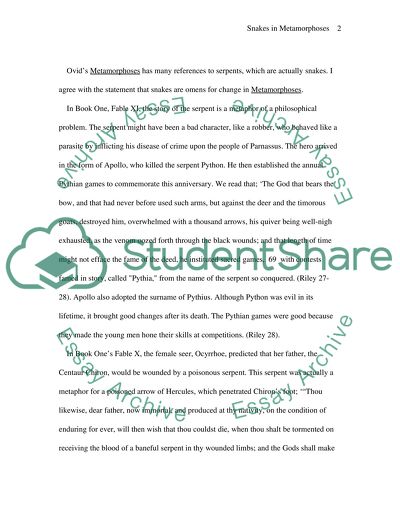Cite this document
(“Symbolism of Snakes in Metamorphoses Essay Example | Topics and Well Written Essays - 1500 words”, n.d.)
Retrieved from https://studentshare.org/literature/1520450-symbolism-of-snakes-in-metamorphoses
Retrieved from https://studentshare.org/literature/1520450-symbolism-of-snakes-in-metamorphoses
(Symbolism of Snakes in Metamorphoses Essay Example | Topics and Well Written Essays - 1500 Words)
https://studentshare.org/literature/1520450-symbolism-of-snakes-in-metamorphoses.
https://studentshare.org/literature/1520450-symbolism-of-snakes-in-metamorphoses.
“Symbolism of Snakes in Metamorphoses Essay Example | Topics and Well Written Essays - 1500 Words”, n.d. https://studentshare.org/literature/1520450-symbolism-of-snakes-in-metamorphoses.


